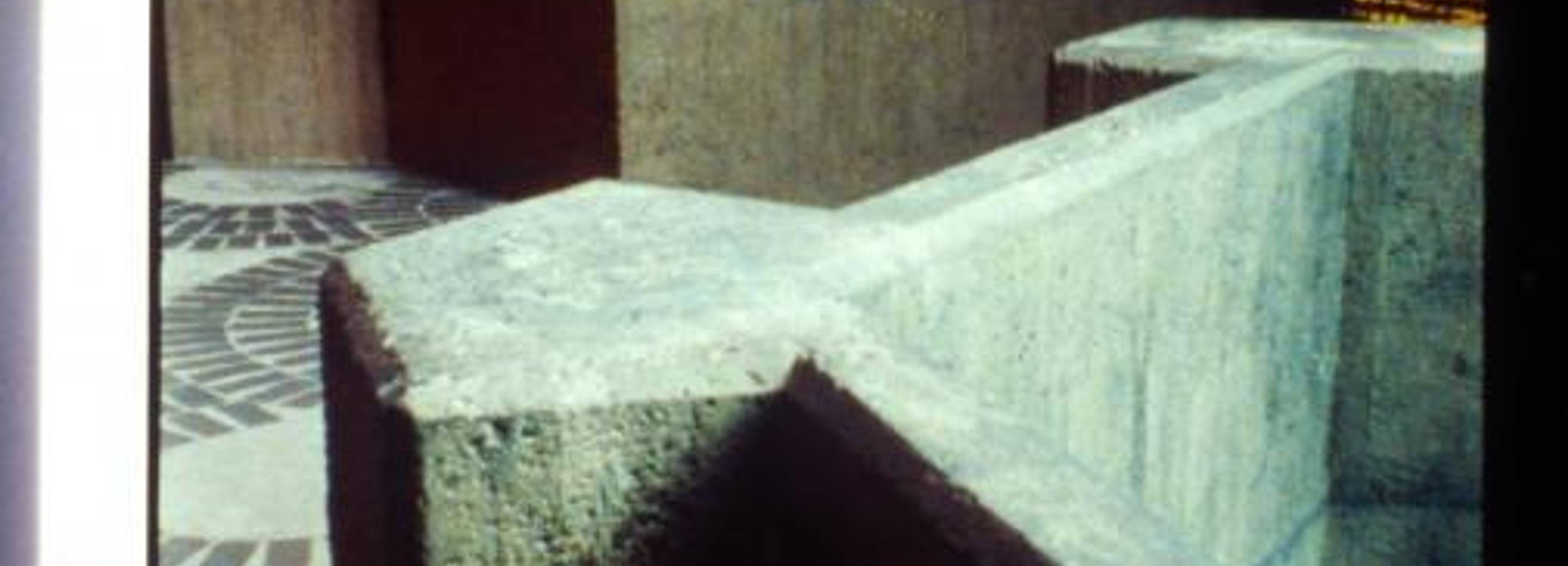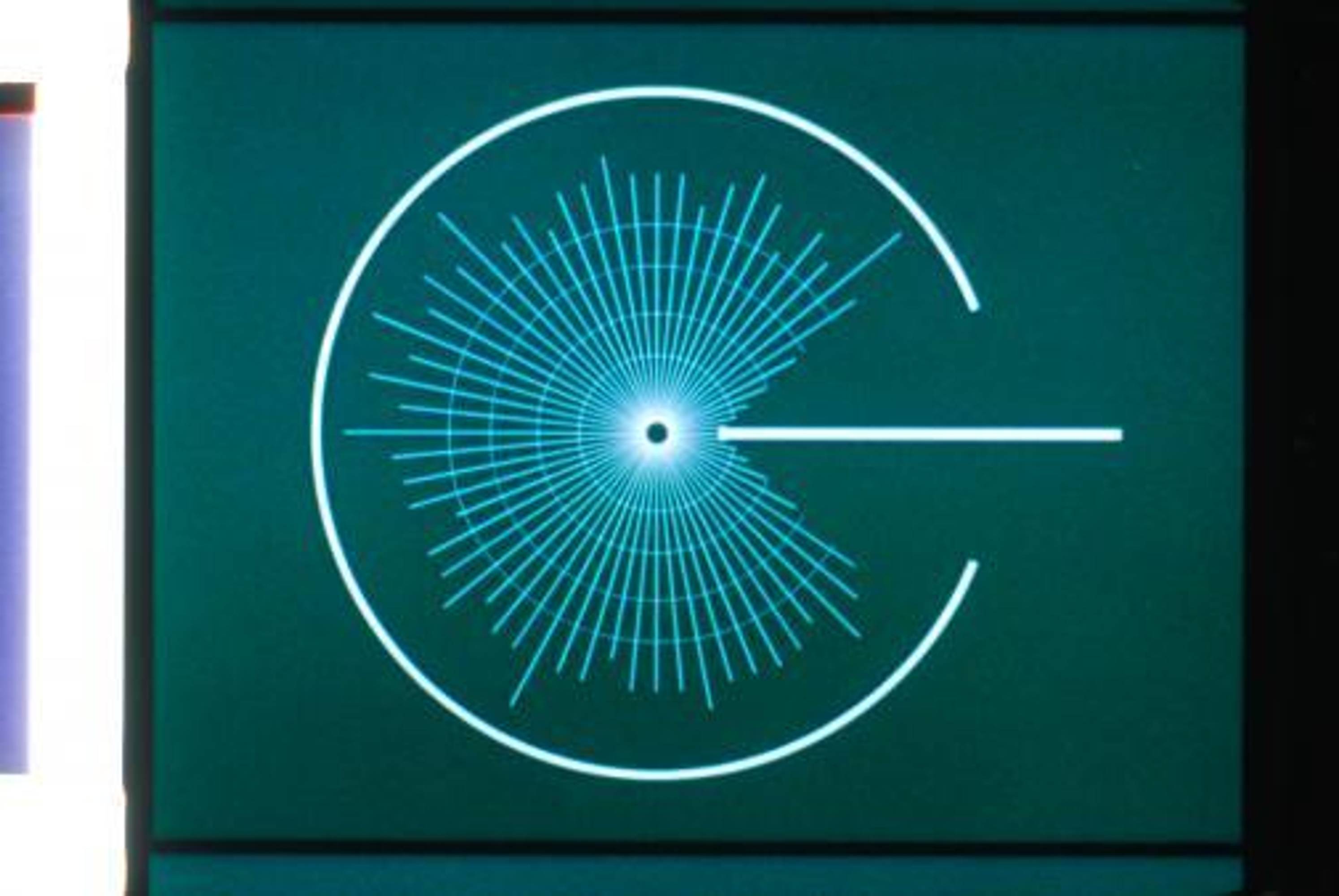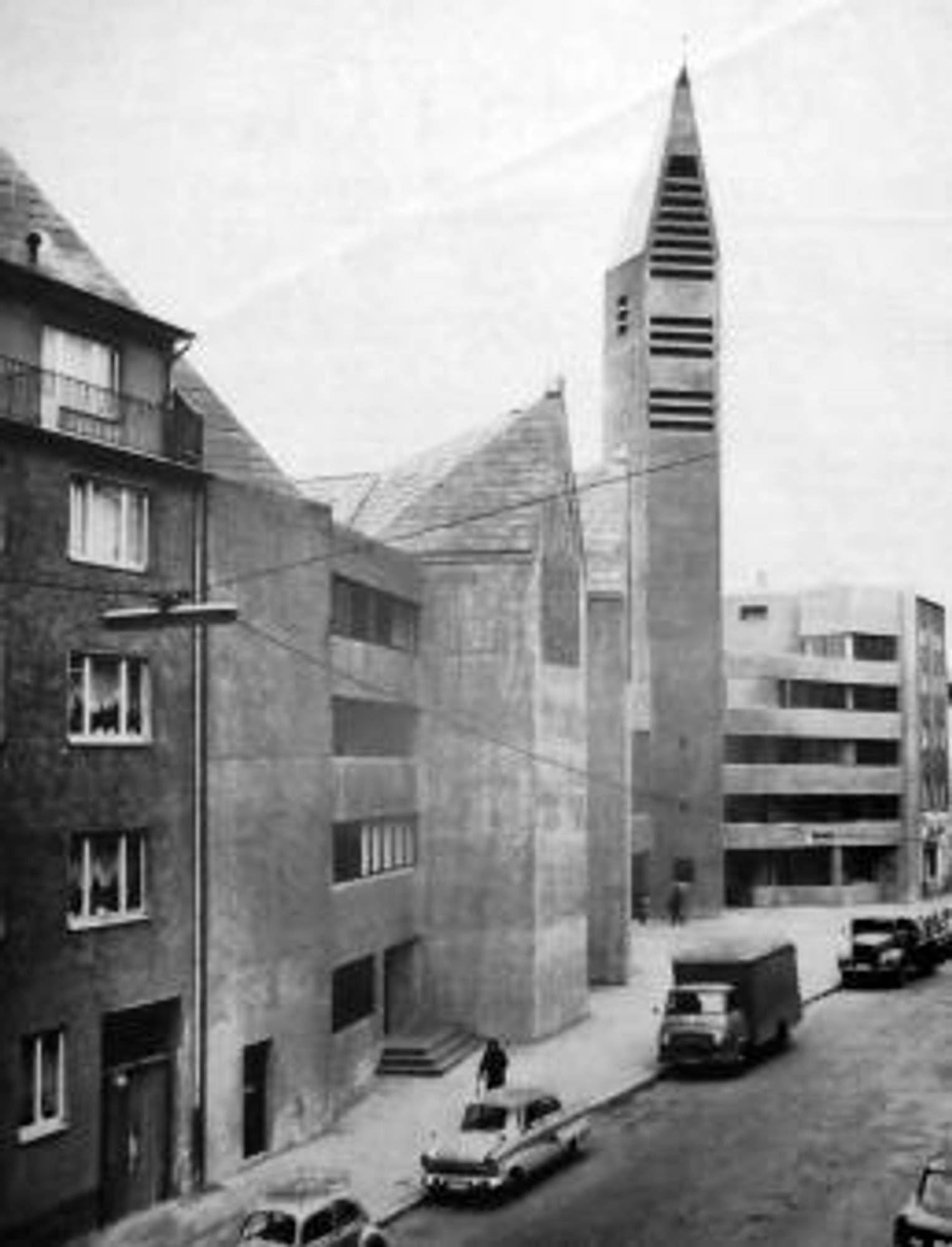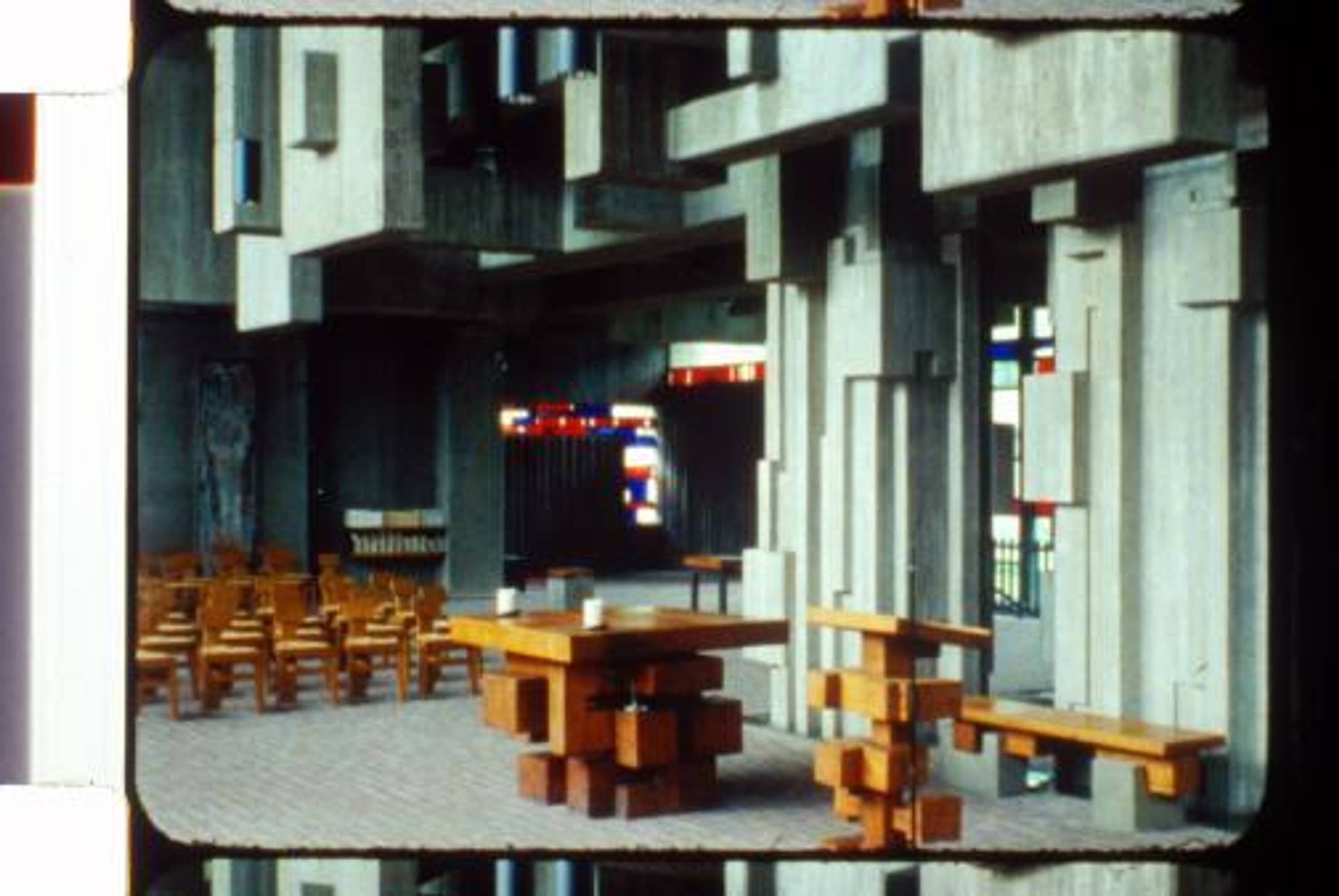ANDREAS BUNTE – WELT VOR DER SCHWELLE
Curated by Luigi Fassi
The work of the German artist Andreas Bunte revolves around his interest in humanist social history related to the metropolitan, political and architectural environment. The byways of recent and contemporary history are analysed by Bunte as he reflects upon the relationship between the urban landscape and civic development, as well as between the history of architecture and social behaviour. Bunte is the initiator of a particular analytical procedure, one that is rigorous yet imaginative, and which blends together historical fact and fiction to create visionary narratives. His 16mm, mostly black and white films depict some of the most dramatic events of modern history. The true focus of his artistic research is in fact modernity itself, from the nineteenth century onwards, with its dual nature of redemptive utopia and impending catastrophe. Bunte thus offers a space-time journey through the centuries of late modernity, by means of his own work, which when viewed as a whole takes the shape of a phantasmagorical epic, stretching towards a scientific encyclopaedism and history of ideas as well as political record.
On the occasion of his first solo exhibition at the ar/ge Kust Galerie Museum in Bolzano, the artist presented his new film: Welt vor der Schwelle (World at the Threshold), which synthesizes many of the interesting points addressed by Bunte in his earlier works. The film revolves around the topic of German post-war religious architecture and owes its theoretical core to two books by the architect Rudolf Schwarz, Welt vor der Schwelle and Vom Bau der Kirche (1947). Shot in 16mm and conceived as a visual exploration of the three German churches of Pope John XXIII in Cologne (Josef Rikus, 1968), the Sanctuary in Neviges (Gottfried Boehm, 1966-68) and St. Anna in Dueren (Rudolf Schwarz, 1951-56), Bunte’s film examines the ideological features of religious architecture in Germany after the societal disaster of the Second World War. The three churches, fruits of the economic boom that swept the country from the mid-1950s onward, show a tendency towards a rigorous, uncompromising rationalism, allowing for a redefined relationship between man and the Divine as well as a reinterpreted role of the Church in a secularized society.
The film concentrates indeed on the intimate relationship binding individual and architecture, determined by the interaction between the place of worship itself and its perception by the senses of sight, hearing and touch. Shots focus on details of raw concrete constructions, the absence of ornamentation and the brutalist severity of the spaces and furnishings. The film transfigures architectural volume into an aesthetic reflection on the relationship between material form and spiritual use, public space and private devotion. In narrative terms, the work is conceived according to the standards of scientific demonstration, with a language designed to clarify phenomena which are otherwise complex and inaccessible to human perception.
In Welt vor der Schwelle, Bunte used tools of formal analysis which are typical of the genre of the scientific research film, such as slow motion, microscopic enlargements, animations, diagrams and commentary. He thus managed to confer a dual nature to the work: on the one hand, the clear logical suggests neutrality, while on the other hand, an underlying ideology adds a manipulative quality which leads the viewer towards a specific and intended interpretation of the facts.



